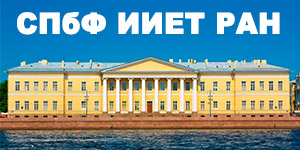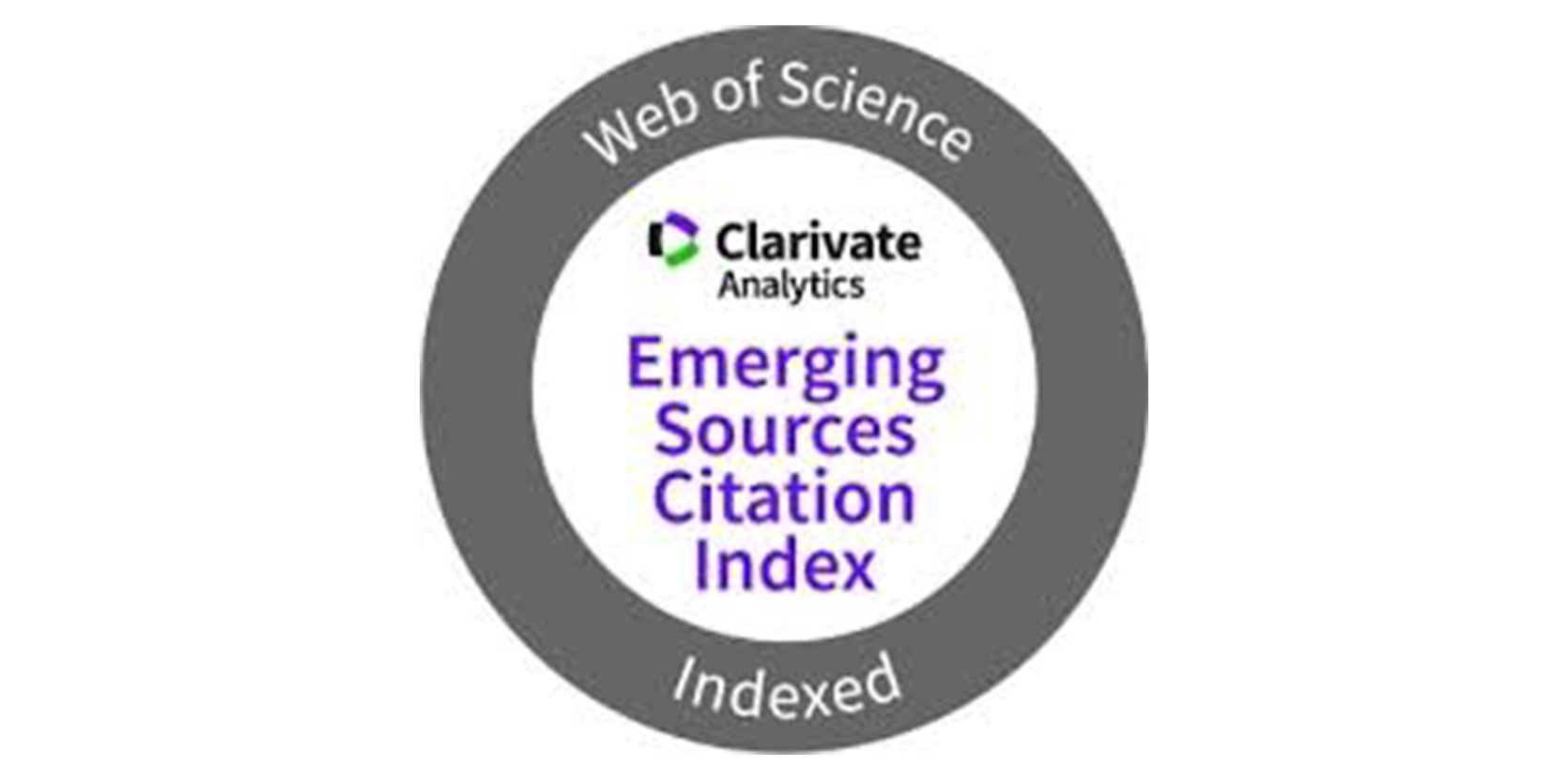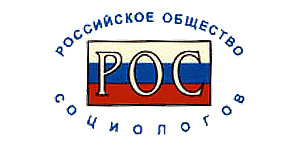Sketches Of Science Popularization Movements In Pre And Post Independent India
SUBODH MAHANTI
An Autonomous organization under Department of Science & Technology, Govt. of India
КЛЮЧЕВЫЕ СЛОВА: SCIENCE POPULARIZATION, RATIONALISM, SCIENTIFIC TEMPER, SCIENCE POLICY RESOLUTION, PEOPLE’S SCIENCE MOVEMENTS
АННОТАЦИЯ:
The paper discusses about science popularization movements in pre and post independent India. Early efforts in pre-independent India were made by educators, teachers and science workers. Srirampur College established in Bengal in 1818 probably initiated first public demonstration of modern science in India through public lectures accompanied by experimental demonstrations by its teachers. Besides popular science lectures, initial science popularization efforts included translation of science books in the vernacular and writing of popular science articles. Father Eugene Lafont of St. Xavier’s College played a pioneering role in the field of science popularization in the second part of the nineteenth century. The establishment of the Indian Association for the Cultivation of Science is an important step in the history of science popularization. Like it was in the then Bengal science popularization movements also took place on other parts of India like in Assamese, Oriya and Punjabi speaking regions. Mobilization for science popularization then took institutional forms as number of notable organizations came into existence as a result of the mobilizations for science popularization. The Dawn Society, Kolkata; the Punjab Science Institute, Lahore; and Vigyan Parishad Prayag, Allahabad; Orissa Bigyan Prachar Samiti, Cuttack; and later on Marathi Vidyan Parishad, Mumbai; etc are examples of such institutions. Indian Science Congress and the science academies played important roles in post-independent India. Jawaharlal Nehru, the first Prime Minister, had put lots of emphasis on spreading scientific temper in India. Science and technology policies of the government reflected Nehru’s vision. Suitable institutional frameworks were created. Of late Non-governmental organizations (NGOs) in large scale are playing crucial role in taking science to the masses. People’s Science Movements have emerged as an important dimension of science popularization movement in India.










